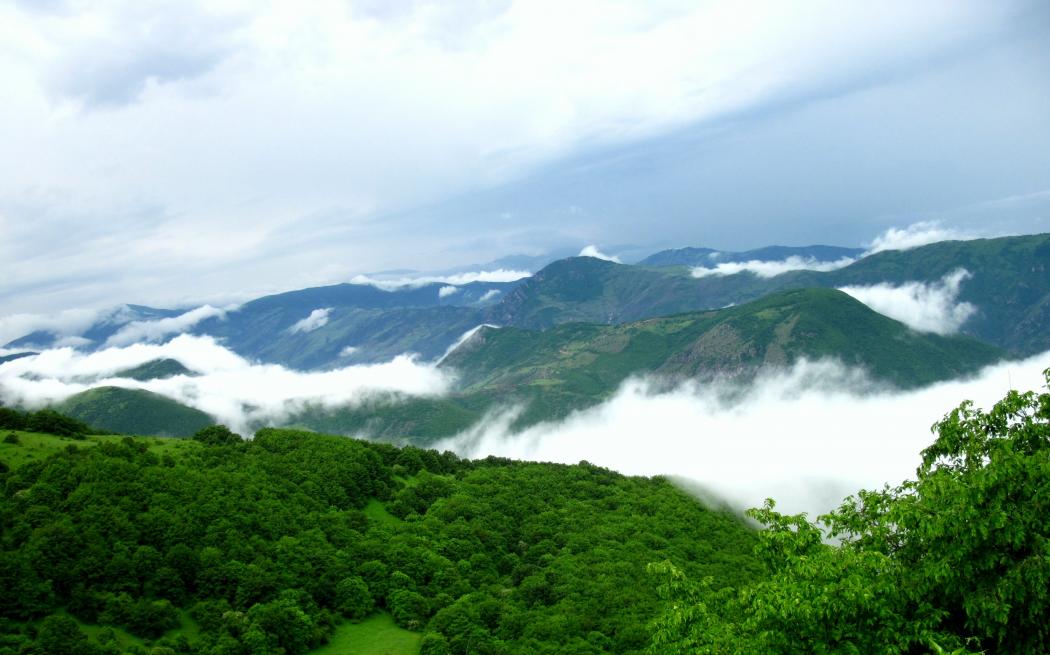Iran’s Cultural Heritage, Handicrafts and Tourism Organization has decided to concentrate on completing the dossier of Arasbaran Forest for inscription on the World Heritage List as soon as possible once it became clear that other natural sites in the country were nowhere near ready to be considered for the UNESCO-listed status.
Iran will submit the dossier of the site in February, Farzin Haqparast, head of the East Azarbaijan office of ICHHTO, was quoted as saying by IRNA.
“The site will be nominated for inscription in 2017 (during the 41st session of the World Heritage Committee),” he said.
Iran so far does not have a natural site on the coveted list, but Lut Desert in Kerman Province could become the first if it is approved by the committee in July 2016.
Only one natural site per country can be considered for inscription, which is why Iranian officials will nominate Arasbaran Forest in 2017.
“It’s taken us a year to compile the document and prepare it for submission,” Haqparast said.
Elaborating on what must to be done to ensure that the site makes it to the world heritage list, he said the region’s infrastructure is in dire need of restoration, but stressed the importance of constructing eco-friendly structures.
“The forest must remain visually attractive,” he said, adding that construction in and around “must be managed strictly.”
He did not specify what exactly the ICHHTO wants to do to overcome the hurdles, but said, “The challenges must be addressed before next July, when UNESCO experts will travel to Iran to evaluate the forest.”
The provincial wing of the ICHHTO is planning to launch a research center in the region to speed up the efforts and meet the summer deadline.
Despite accounting for only 5% of the country’s total area, the forest boasts 13% of Iran’s vegetation and is home to 29% of mammal, 44% of bird, 32% of amphibian, 9% of fish and 20% of reptile populations in the country.
Another feature that enhances the cultural and historical value of the forest is the presence of Shahsavand nomads, a tribe that has inhabited the region for centuries.
Mammoth fossils in the southern areas of the forest also indicate the geological value of the region.
The high ecological value of the region and the forest’s vulnerability to negative human impact prompted the Department of Environment to designate the region as a protected area in the 1970s.
In 1976, about 72,460 hectares of the region were registered as a biosphere reserve by UNESCO’s Man and the Biosphere Programme.
Iran is home to 19 world heritage sites, more than any other country in the Middle East.


